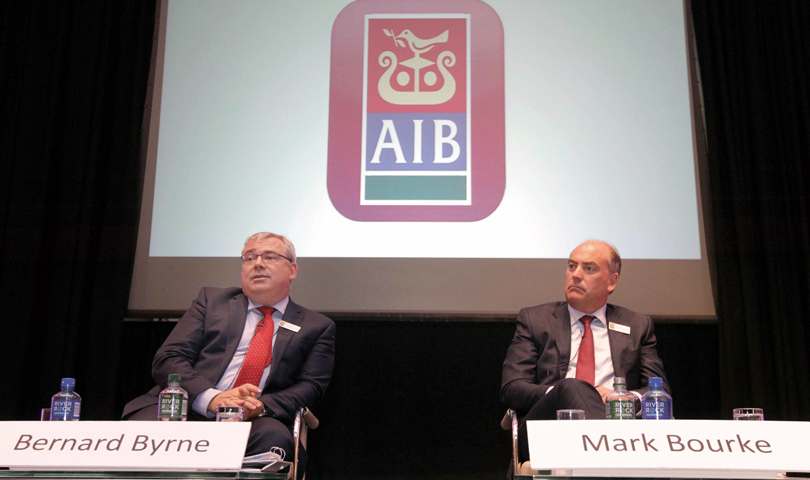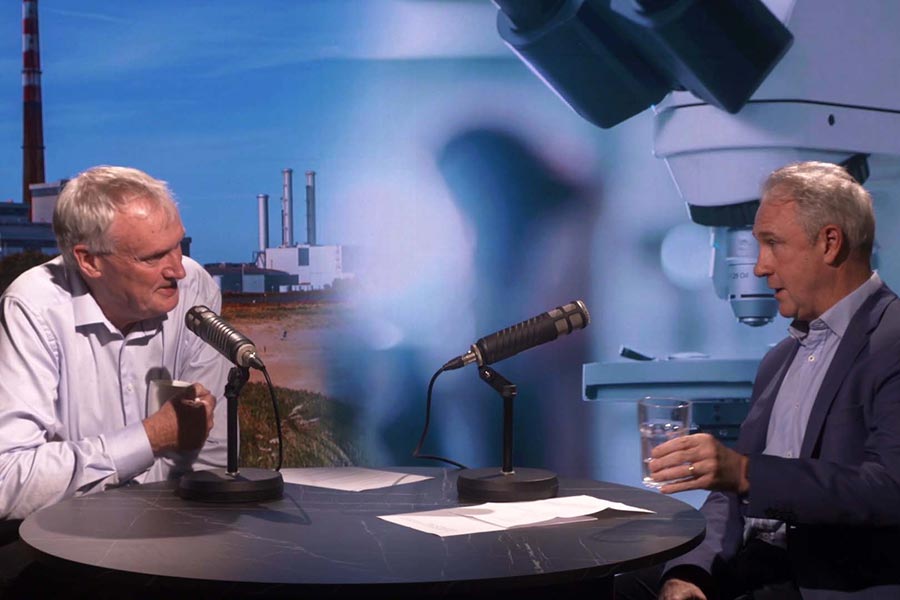The Irish government is set to sell down a quarter of the state's 99.9% stake in AIB in June. Chris Sparks digs into the 2016 results to see how the bank is doing
Net Interest Income €2,013m
The primary source of the bank’s income – interest on loans to borrowers and other interest-bearing assets, less what the bank pays out to depositors and other providers of capital. The outcome for 2016 was up 4% on the previous year. Customer loans outstanding amounted to €62bn and the average lending rate for these loans was 3.6%. Customer deposits totalled €39bn, and the average interest rate paid to depositors was 0.83%, a big reduction from 1.12% in 2015. As a result, customer deposits fell by €5bn through the year.
Net fee and commission income €395m
Transaction fees for customers using their bank account brought in €217m for AIB in 2016. Card fees, including transactions, levied on customers amounted to another €83m. Fees charged for loan arrangements came to €51m, and other fees and commissions totalled €44m.
Total operating income €2,630m
This the amount AIB generates from its banking activities. In business terms, it’s equivalent to having turnover of €50m a week.
Personnel expenses €717m
These account for over half the overhead. The bank had average staff numbers of 10,226 people through 2016, a reduction of 437 people on the year before. The average cost to the bank of each staff member is €70,000 per annum. If you can get in the door, this state-owned bank is still a rewarding place to work.
General and admin. expenses €566m
This expense line increased by 15% year-on-year. The bank said this was mainly due to selective outsourcing, marketing and spend on an investment programme.
Total operating expenses €1,377m
That’s €85m more than the year before. The bank mostly attributes the rise to its multi-year investment programme that includes outsourcing partnerships for IT infrastructure. “The investment programme is primarily focused on transforming the customer experience, simplifying internal processes and improving efficiency,” says the bank
Cost income ratio 52%
A key metric for judging bank efficiency. This slipped from 49% in 2015, for the reasons outlined above.
Operating profit €1,253m
This was down 6% year-on-year, not the optimum income when you’re trying to flog shares. The top-line operating profit was boosted to €1,439m when the accounts factored in write-backs of loans for which provisions had been made in previous years. These don’t go on forever: write-backs of €294m in 2016 were well down on the €925m booked in 2015. On the debit side, bank levies and regulatory fees cost AIB €112m, well up from €71m.
Profit pre-exceptionals €1,475m
A big drop from €2,211m in 2015. The exceptionals in 2016 were a net positive of €207m due to the €272m profit booked on the bank’s share of the proceeds from the sale of Visa Europe. In 2015 the net exceptionals were a negative €297m due to €250m of restructuring and restitution expense.
Pre-tax profit €1,682m
Down 12% year-on-year. AIB paid €326m in corporation tax, an effective tax charge of 19.4%. The tax charge in 2015 was 27.9%.
Net profit €1,356m
The bottom line, virtually the same as in 2015.
AIB Ireland €1,096m
The bank generates 87% of its operating profit in Ireland. The surplus in 2016 up 5% year-on-year. New lending in the Ireland division totalled €5.5bn, up 16%. That’s made up of business lending (€1.2bn), corporate lending (€1.6bn), mortgage lending (€2.0bn) and personal lending (€0.7bn).
Photo: CEO Bernard Byrne (left) and finance director Mark Bourke











